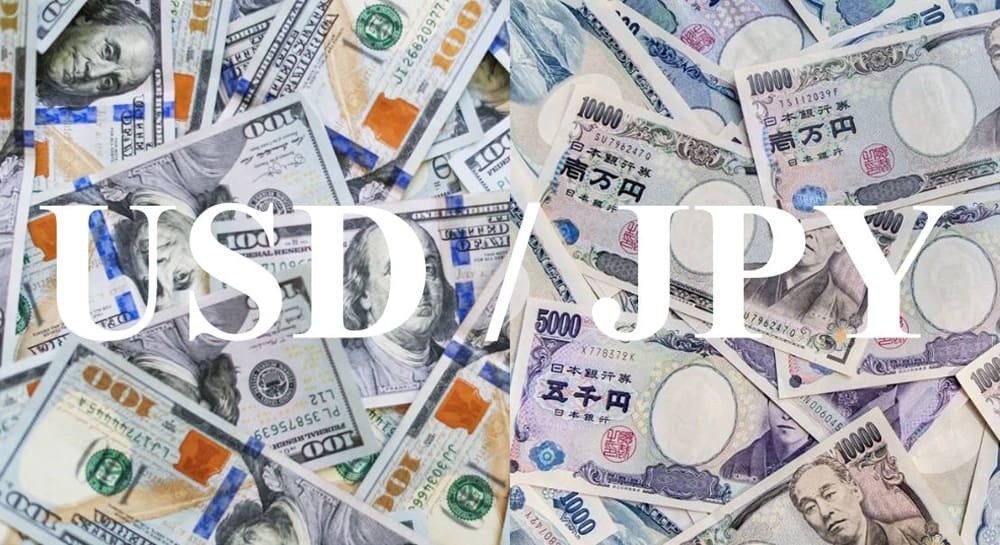The USD/JPY pair is currently experiencing a volatile consolidation phase, with trading occurring around 151.80 following a retreat from last week’s high of 153.27. The change in sentiment arises from the resurgence of U.S.–China trade tensions, measured comments from Federal Reserve Chair Jerome Powell, and the escalating political uncertainty in Japan, all of which have combined to impede the dollar’s progress. Market participants are currently adjusting their strategies for a wide trading range between 149.20 and 153.00, signaling the conclusion of the unilateral dollar rally that characterized early October. The U.S. dollar experienced a significant decline on Tuesday following Powell’s admission that there is “no risk-free path” for monetary policy, underscoring the Fed’s delicate balance between managing inflation and bolstering a vulnerable labor market. His remarks caused the U.S. Dollar Index to decline toward 99.00, marking its lowest point in more than two weeks. The recent dovish stance followed a weaker September CPI reading of 3.1% year-over-year, which fell short of market expectations of 3.3%. This development has strengthened the speculation that the Federal Reserve may consider two more 25 basis point cuts before the end of the year.
The effect on USD/JPY was instantaneous. The pair, which had experienced a significant increase above 153.00 last week, underwent a notable reversal, declining by more than 1.5 yen within a 24-hour period. The decline in bullish momentum aligned with a surge in portfolio adjustments, as rate differentials started to contract marginally and risk appetite shifted towards a more defensive stance. Treasury yields decreased to 4.18% on the 10-year note, marking the lowest level since early September, which diminished the dollar’s attractiveness compared to the yen’s safe-haven appeal. In Tokyo, the yen demonstrated resilience due to a confluence of political and policy factors. The disintegration of Japan’s ruling coalition has resulted in a diminished mandate for the newly appointed LDP leader, Sanae Takaichi, thereby introducing further unpredictability into fiscal planning and the forthcoming budget cycle. In light of recent market fluctuations, Bank of Japan Governor Kazuo Ueda has reiterated that the monetary policy will continue to be accommodative “until inflation and wage growth are sustainably aligned with targets,” indicating that there will be no immediate tightening measures.
Nonetheless, inflation continues to stay consistently above the 2% target, reinforcing the argument for a slight increase in rates later this year. Market participants currently estimate a 33% likelihood of a rate hike by December, an increase from the previous 18% earlier this month. Japan’s Finance Minister Katsunobu Kato has once again sparked speculation regarding potential official intervention by cautioning against “one-sided and rapid currency movements.” This statement mirrors the rhetoric employed prior to the intervention episodes in 2022 and 2024, which resulted in sudden rallies of the yen. From a technical perspective, USD/JPY has established a wide horizontal range following its inability to maintain the breakout above 153.27. Support is positioned around 151.00, aligning with the 23.6% Fibonacci retracement of the September–October rally and the 50-hour moving average. Resistance is currently identified at 152.50, where a concentration of intraday sellers has surfaced. On the 4-hour chart, the pair is positioned above the 100-SMA at 149.10, indicating that the overall uptrend is maintained; however, momentum oscillators are displaying divergence. The Relative Strength Index has decreased to 51, indicating a reduction in buying pressure and the emergence of a possible bull flag pattern. If USD/JPY breaches the 151.00 level, the subsequent support level appears at 149.80, indicating potential further downside risk toward 149.20, which represents the lower boundary of the newly established range. On the upside, a close above 152.70 could reestablish bullish dominance, aiming for targets of 153.50 and 154.85, with the latter corresponding to the long-term trendline resistance from June.
The yen has gained strength due to rising U.S.–China trade tensions, with both countries implementing new port fees on cargo shipments, which has heightened fears of a potential trade war resurgence. These developments unsettled global risk sentiment, prompting investors to allocate capital into defensive assets. The Japanese yen demonstrated notable strength among major currencies, appreciating by 0.36% against the U.S. dollar, 0.46% versus the pound, and 0.65% against the Australian dollar. The inflationary ripple effects of the trade conflict are being incorporated into expectations for U.S. monetary policy. Powell’s emphasis on vigilance regarding inflation, coupled with his recognition of labor market risks, suggests that further tightening is becoming increasingly unlikely. As a result, markets are currently reflecting a 97% likelihood of a Fed rate cut in October and a 90% chance of an additional cut in December, which effectively limits further appreciation for USD/JPY.

